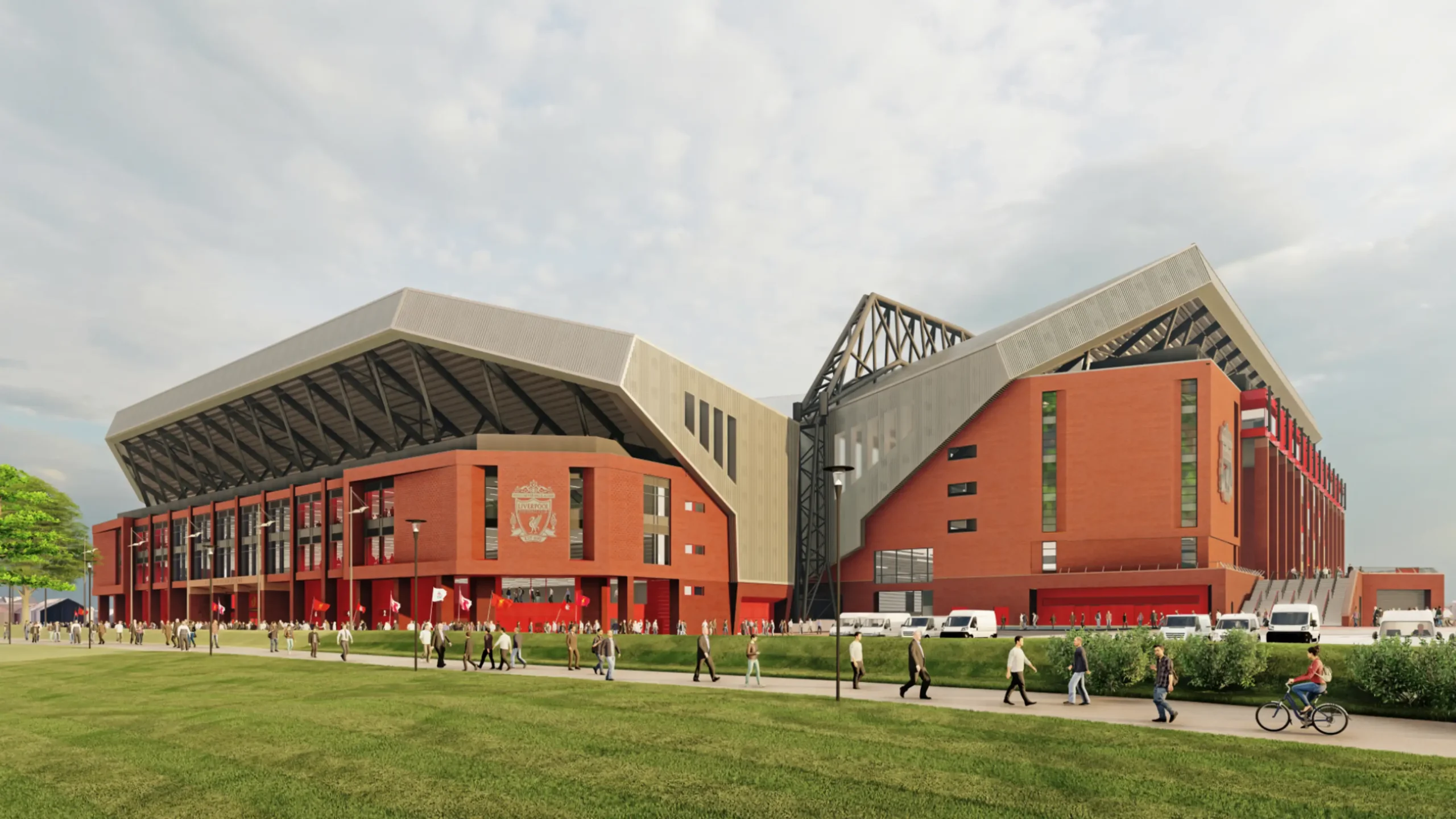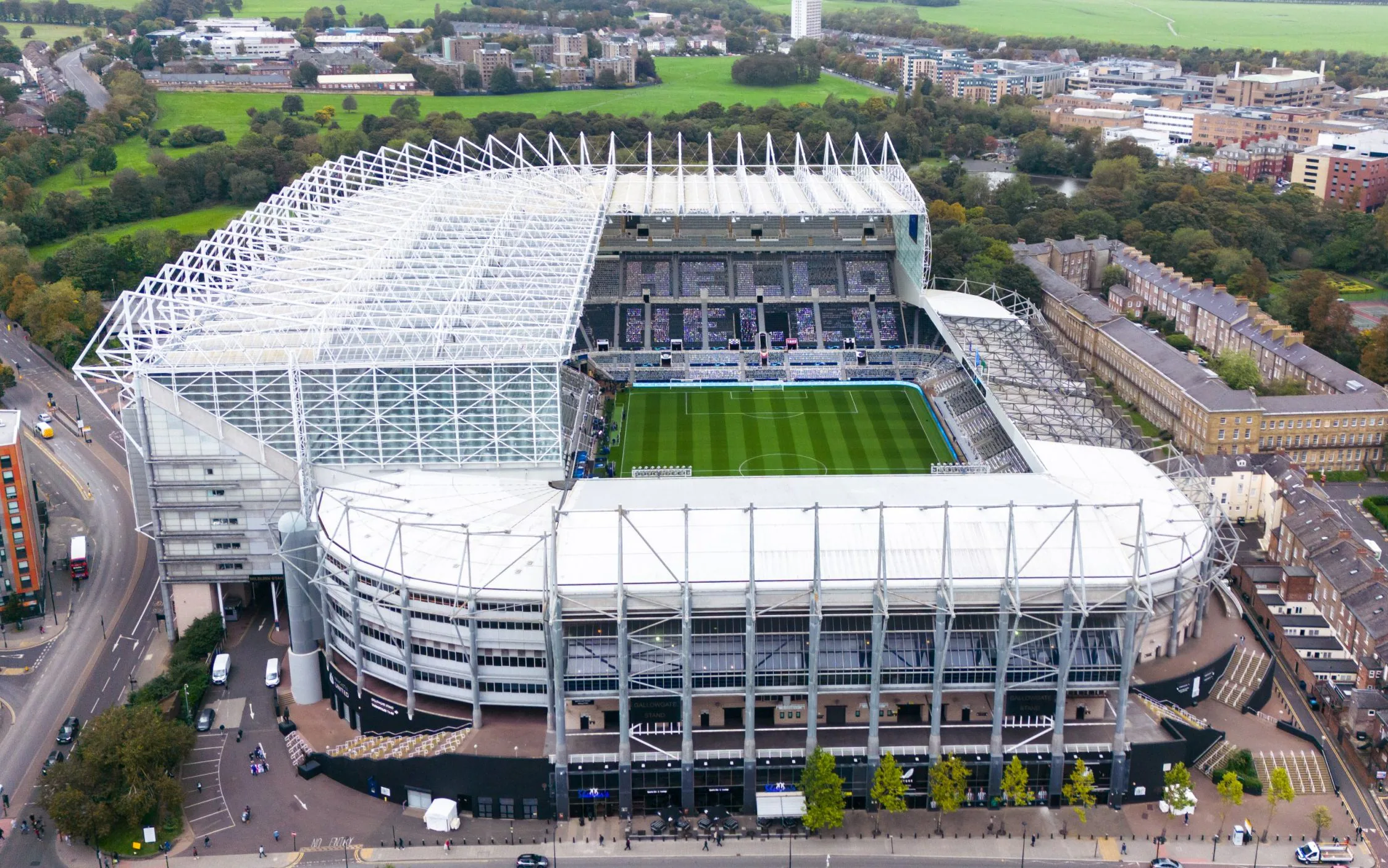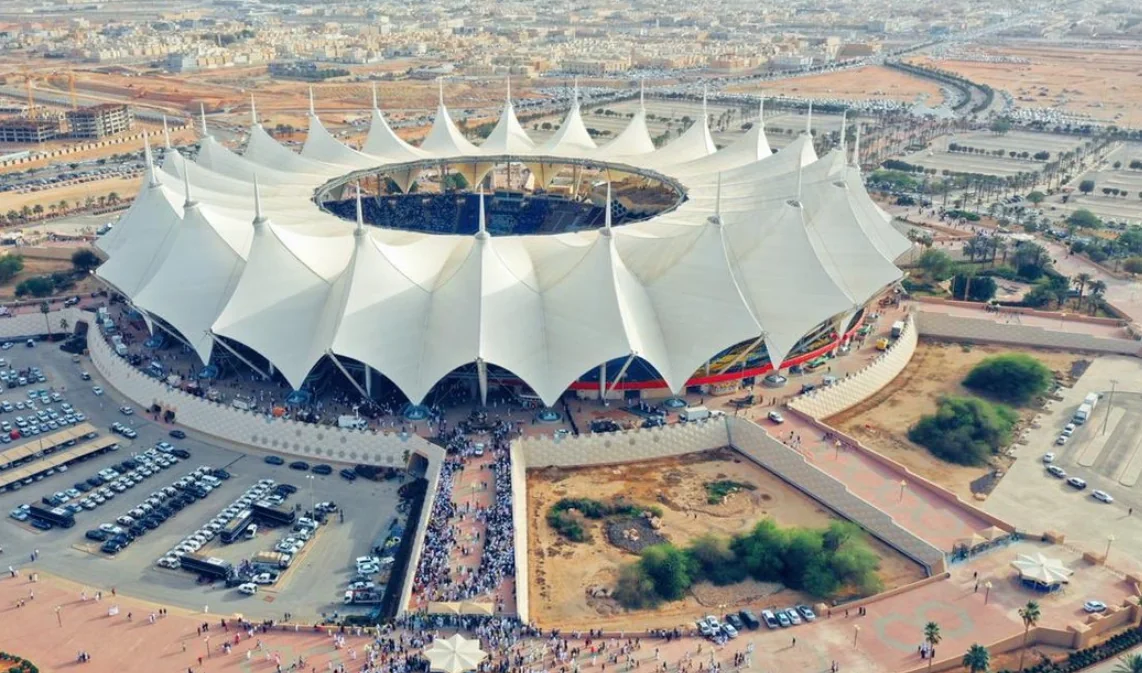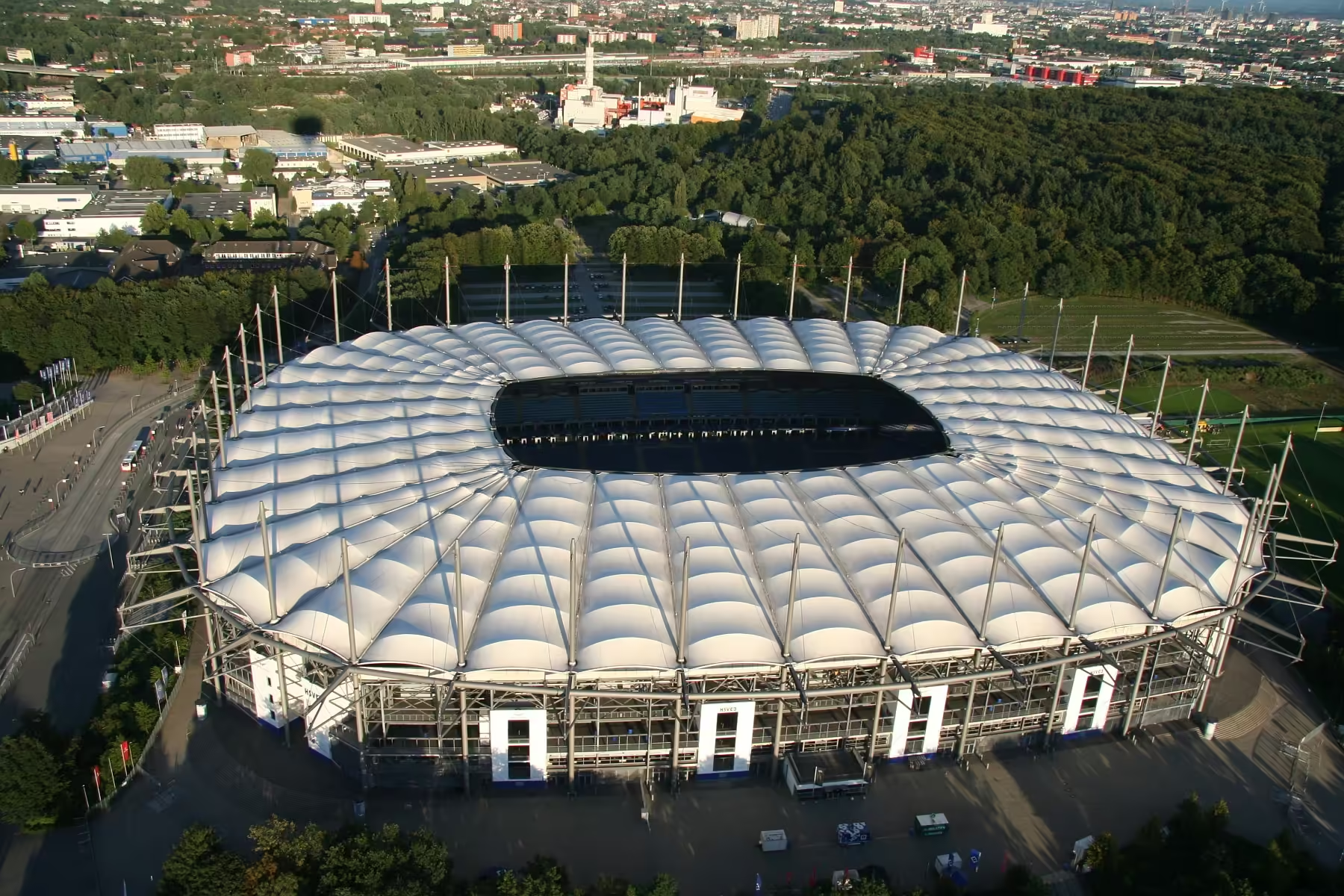Anfield is more than just a football stadium, it is a place of worship for Liverpool FC fans. The stadium has been home to some of the most iconic moments in football history and has played a significant role in shaping Liverpool’s identity. Anfield is a place where dreams come true, and where the impossible becomes possible.
Anfield’s storied past dates back to 1884 when the stadium was first opened. Since then, it has undergone several renovations and expansions, but the stadium’s unique character has remained intact. The stadium’s iconic Kop stand, which holds 12,000 fans, is a testament to the club’s rich history and the passion of its supporters.
Key Takeaways
- Anfield is more than just a football stadium, it is a place of worship for Liverpool FC fans.
- Anfield’s storied past dates back to 1884 when the stadium was first opened.
- The stadium’s iconic Kop stand, which holds 12,000 fans, is a testament to the club’s rich history and the passion of its supporters.
Anfield’s Storied Past
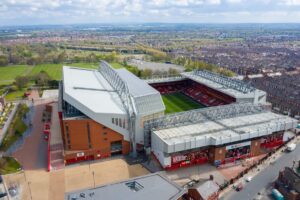
The Foundation and Early Years
Anfield, the home of Liverpool Football Club, has a rich history spanning more than a century. The stadium’s origins can be traced back to Everton Football Club, who used to play there before moving to Goodison Road. In 1892, John Houlding, the owner of Anfield, founded Liverpool Football Club, and the stadium became Liverpool’s spiritual home. The name “Anfield” originates from a combination of Old and Middle English words, meaning “a field on a slope.”
Initially, Anfield had a capacity of just 20,000, and the stadium was nothing more than a basic wooden structure. However, as Liverpool Football Club grew in popularity, so did the stadium. In 1906, the iconic Kop stand was built, and the capacity of the stadium increased to 30,000. The Kop, which was originally a mound of earth, became the spiritual home of Liverpool fans, and it remains so to this day.
Historic Matches and Moments
Anfield has witnessed numerous iconic moments, including Liverpool FC’s triumphs and the birth of legendary chants. One of the most historic matches played at Anfield was the 1965 FA Cup Final, where Liverpool beat Leeds United 2-1 to win their first-ever FA Cup. The game is remembered for Liverpool captain Ron Yeats lifting the trophy in front of the Kop, and for Bill Shankly’s famous words, “This is not just a win for Liverpool, it’s a triumph for the working man.”
Another iconic moment in Anfield’s history was Liverpool’s comeback against AC Milan in the 2005 Champions League Final. Liverpool were 3-0 down at half-time, but they managed to score three goals in six minutes to level the game. The match went to penalties, and Liverpool won 3-2 to secure their fifth European Cup.
Anfield’s storied past is a testament to the club’s rich history and the passion of its fans. From its humble beginnings as a wooden structure to its current capacity of over 50,000, Anfield has been the home of Liverpool Football Club for over a century, and it will continue to be so for many years to come.
The Anfield Experience
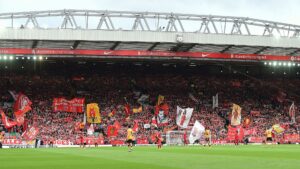
Anfield is not just a stadium; it is a place of pilgrimage for Liverpool FC fans. The Anfield Experience offers an exclusive and immersive tour of the stadium, allowing fans to experience the rich history of the club and its legendary players.
The Kop End: Heart of the Support
The Kop at Anfield is one of the most iconic stands in football. Built in 1906, it was a massive terrace behind one of the goals, originally accommodating up to 25,000 fans with 100 steps leading to the top. Its name derives from the Spion Kop, a hill in South Africa where a brutal battle took place during the Boer War, involving many soldiers from Liverpool. The Liverpool Echo suggested naming the stand in honor of these local soldiers.
In 1928, the Kop was extended, adding a roof that increased its capacity to over 27,000 and amplified the roar from the crowd. The stand became renowned for its passionate support, with spontaneous singing and chanting, a tradition that grew with the rise of the Beatles in the 1960s and 70s. However, following the Hillsborough disaster, new safety regulations required terraces to be replaced with all-seater stands. The last match in front of the original Kop was on April 30, 1994, with Liverpool losing 1-0 to Norwich City. Today, the Kop holds nearly 13,000 fans and remains one of the most famous stands in football.
- Capacity: 12,850
- Disabled Positions: 52
Sir Kenny Dalglish Stand
Named after the legendary Liverpool player and manager, the Sir Kenny Dalglish Stand was rebuilt in 1992 to commemorate the club’s centenary. It was originally known as the Centenary Stand and was renamed in 2017 to honor Dalglish’s immense contribution to Liverpool FC. This stand features two tiers and can accommodate nearly 12,000 supporters. It includes executive boxes, a banquet lounge, PA box, TV sets, and a police operations room.
- Capacity: 11,762
- Upper Tier: 4,600
- Lower Tier: 6,814
- Executive Boxes: 348
Anfield Road End
Located opposite the Kop, the Anfield Road End has undergone significant remodeling over the years. Its latest expansion began in September 2021, facing delays, and was fully opened to supporters in early 2024. This stand has two tiers, with the upper tier significantly larger than the lower one. It hosts away supporters in the lower tier on the Main Stand side, contributing to Anfield’s renowned atmosphere.
- Capacity: 16,000 (approximate)
- Upper Tier: 9,000 (approximate)
- Lower Tier: 7,000 (approximate)
Main Stand
The Main Stand, newly rebuilt and reopened in September 2016, replaced the oldest surviving structure at Anfield. This redevelopment added 8,500 seats, creating a three-tier stand at a cost of approximately £110 million, increasing Anfield’s overall capacity to 54,074. The Main Stand has a mix of seating options, including the Directors Box and Press Box, and provides accessible seating for disabled spectators.
- Capacity: 20,676
- Bottom Tier: 9,300
- Middle Tier: 3,100
- Top Tier: 7,900 (approximate)
- Disabled Positions: 105
Memorializing Heroes: Statues and Tributes
Throughout Anfield, visitors will find tributes to the club’s greatest players and managers. The Anfield Experience includes a visit to the Shankly Gates, named after legendary Liverpool manager Bill Shankly. Visitors can also view the statues of Liverpool greats such as Bill Shankly, Bob Paisley, and Kenny Dalglish.
In addition to the statues and tributes, visitors can also explore the Liverpool FC Museum, which houses a vast collection of memorabilia and artifacts from the club’s illustrious history.
Overall, The Anfield Experience is a must-see for any Liverpool FC fan. The tour offers a unique opportunity to explore the history and culture of one of the world’s most iconic football clubs.
Liverpool FC’s Achievements

Domestic Triumphs
Liverpool FC has been a dominant force in English football, winning the top-flight league title 19 times, including the most recent triumph in 2020. They have also won the FA Cup 7 times, the League Cup a record 8 times, and the Community Shield 15 times.
One of Liverpool’s greatest domestic achievements was their historic 2019-2020 season, where they won the Premier League title with a record-breaking 99 points. Led by manager Jurgen Klopp and star players such as Mohamed Salah and Virgil van Dijk, Liverpool won 32 of their 38 league matches, losing only 3 times.
European Glory
Liverpool FC is also one of the most successful clubs in European football, having won the prestigious UEFA Champions League 6 times, most recently in 2019. They have also won the UEFA Cup (now known as the Europa League) 3 times and the UEFA Super Cup 4 times.
Liverpool’s most memorable European triumph came in the 2004-2005 season, where they famously came back from a 3-0 deficit to beat AC Milan in the Champions League final. Goals from Steven Gerrard, Vladimir Smicer, and Xabi Alonso helped Liverpool force extra time, where they eventually won on penalties. This victory is widely regarded as one of the greatest comebacks in football history.
Liverpool’s European success is a testament to the club’s rich history and their ability to compete at the highest level. Their achievements have cemented their legacy as one of the greatest football clubs in the world.
Frequently Asked Questions
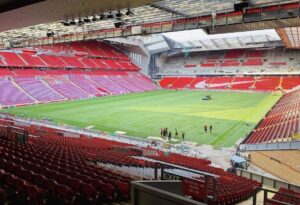
What is the current capacity of Anfield Stadium after its latest expansion?
As of 2024, Anfield Stadium has a seating capacity of 61,000 after its latest expansion in 2022. This makes it the sixth-largest stadium in England and the second-largest stadium in the Premier League.
How can I find a map of Anfield Stadium?
A map of Anfield Stadium can be easily found on the official Liverpool Football Club website or on the stadium’s Wikipedia page. It is also available on various travel websites and blogs.
What types of events are held at Anfield besides football matches?
Apart from football matches, Anfield Stadium also hosts concerts and other sporting events. Over the years, it has hosted several high-profile events such as the Rugby League Four Nations Final and the Anthony Joshua vs. Wladimir Klitschko boxing match.
What is the significance of The Kop at Liverpool’s Anfield Stadium?
The Kop is a stand at Anfield Stadium that is known for its passionate and vocal Liverpool FC supporters. It is considered one of the most iconic stands in football history and has been a part of the stadium since 1906. The Kop is named after a hill in South Africa where a battle was fought during the Boer War.
What is the historical reason behind the name ‘The Kop’ at Anfield?
The name ‘The Kop’ was given to the stand in honor of the Liverpool Regiment, a battalion of soldiers who fought during the Second Boer War in South Africa. The soldiers were known as the “Kopites” because they fought on a hill called Spion Kop. The name was later adopted by Liverpool FC fans who stood on a raised terrace at Anfield Stadium that resembled the hill in South Africa.
What slogan is associated with Anfield Stadium?
The slogan associated with Anfield Stadium is “You’ll Never Walk Alone.” This slogan is also the title of the famous song by Gerry and the Pacemakers, which is often sung by Liverpool FC fans before and during matches. The song has become an anthem for the club and is a symbol of its rich history and passionate fan base.
Other Articles:
Also See: Unveiling the Magnificence of Moshood Abiola National Stadium: Emblem of Nigerian Splendor
Also see: The Iconic Ellis Park Stadium: A Legacy of Sports and Entertainment in Johannesburg
Also See: Stade Du 5 Juillet: A Monument of Sporting Triumphs and Unity in Algeria
Also See: Cairo International Stadium: Egypt’s Iconic Venue for Sports and Culture
Also See: Stade des Martyrs de la Pentecôte: The Heart of Congolese Sport and Culture
